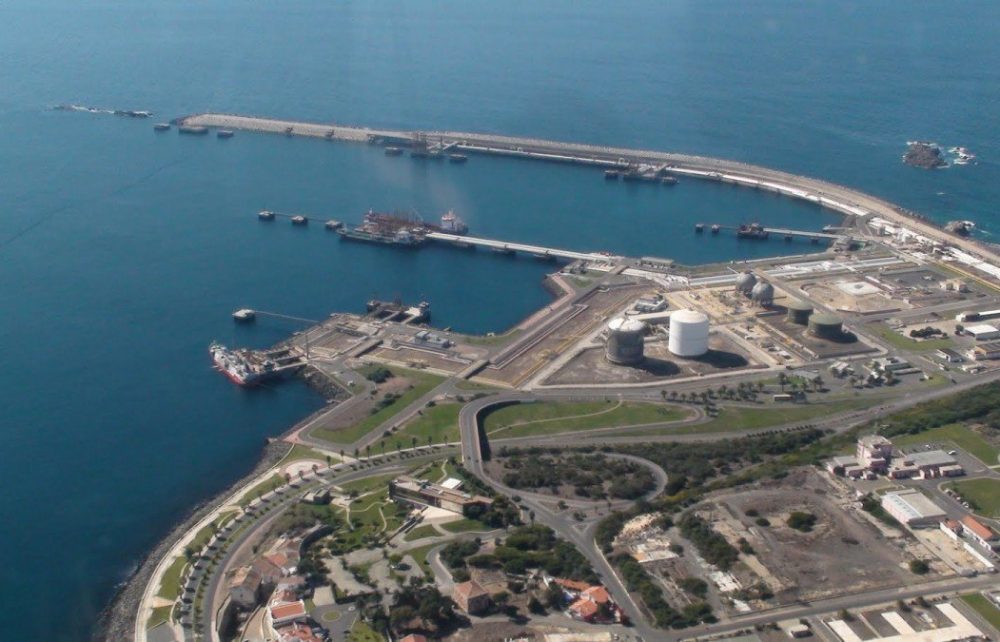The good momentum of the Portuguese real estate market continues to attract more and more investors, mainly Chinese. Now, with a few major infrastructure projects set to be launched in the country, including Port of Sines’ new terminal valued at US$640 million, Chinese construction companies are showing interest in partnering with, or even acquiring, Portuguese counterparts.
A delegation from China Construction Third Engineering Bureau Group (CCTEBG), which is part of the China State Construction Engineering Corporation (CSCEC), was recently both in Lisbon and in Porto, meeting with officials from construction trade associations and individual companies.
An official at one of the major Portuguese construction groups, who asked not to be named, confirmed the meeting, adding that contacts are, at the current stage, exploratory, and of a more formal nature; they are expected to result partnerships and other sorts of arrangements in a medium to long term basis, given the early stage.
CSCEC, ranked as the world’s largest contractor, agreed in July with Teixeira Duarte to buy 50 per cent of subsidiary TDE – Real Estate Developments for EUR31.1 million (US$34 million).
While Chinese investment has been directed to all major economic sectors, from finance to health, no major construction companies in Portugal currently have Chinese shareholders.
Portuguese construction companies are generally heavily indebted – some dangerously so – and have been hurt by the crisis in the Angolan market, which in the last decade has been its most dynamic abroad; the need for investment presents an opportunity for Chinese investors.
According to Portuguese business daily Jornal de Negócios, quoting a company official, the contacts have been going on for at least six months, and “preliminary protocols” are now being defined.
The Chinese group could either directly enter the capital of Portuguese companies or be part of consortia with national companies to apply for public tenders. The major infrastructure projects in sight are the Port of Sines and the airport of Montijo.
The investment in the container terminal itself, which in the first phase should amount to US$300 million, and in the second phase to US$650 million, will be supported by the private consortium. They will have a concession to operate the infrastructure.
In July, the Portuguese Council of Ministers approved a decree authorising the international public tender and laying the groundwork for the concession of the new container terminal in the Port of Sines. The launch of the international public tender is expected soon.
The project is to be fully supported by the private sector. It will involve not only the construction of a pier, but also the investment in equipment that the government expects to put this terminal on international routes.
US and Chinese traders have already expressed interest in the concession of the new container terminal in Sines, according to Público, and is expected to involve an investment of EUR642 million (US$701.9 million).
At least five Chinese consortiums, including COSCO Shipping, which is the largest Chinese shipping company and has a strong presence in the Port of Valencia, Spain, and also in the Greek Port of Piraeus (Athens), have been in contact with the Port of Sines and the Algarve Authority (APS), as well as aicep Global Parques, a state-owned company that manages industrial parks across Portugal.
Both Portugal and China believe this could fall under the Belt and Road Initiative. The US has also expressed interest in the infrastructure. The minutes of the last meeting of the United States–Portugal Standing Bilateral Commission point to the strategic nature of Port of Sines “as a recipient of US liquefied natural gas (LNG).” Adding, “There is US interest in seeing US investment in the planned Vasco da Gama container terminal.”
The Portuguese minister of Sea, Ana Paula Vitorino, confirmed to newspaper Público the interest shown by investors from both countries and stated that “the winning proposal will be the one that offers the best benefits to Portugal, regardless of the origin of the operator.”
Even before Portugal decided to take part in China’s Belt and Road strategy, with the signing of a joint statement at the end of Chinese President Xi Jinping’s visit to Portugal in late 2018, the Portuguese government was already in full steam promoting the Sines port.
The Portuguese government has also been preparing the railway link tender which will allow for a direct connection between the Port of Sines (and those of Setúbal and Lisbon) to Badajoz, in Spain, thus completing part of the Atlantic corridor with the objective of bringing Portuguese ports closer to the rest of the Iberian Peninsula and Europe.
This will be the most extensive new railway line built in Portugal in the last hundred years and will shorten the connection from Sines to Badajoz by 140 kilometres, and reduce transport costs by 30 per cent.
Begun in 2018, this project has a total budget of EUR509 million (US$556.7 million), with almost half financed by the EU, and will be completed in 2022.
With its new partnerships, CCTEBG also aims to invest in infrastructure and real estate, both in Portugal and in the Portuguese-speaking African countries, Brazil and Morocco.
The Portuguese property market has been booming in the last few years. Through the “golden visa” residency programme, foreign investors have pumped nearly EUR4 billion (US$4.33 billion) into Portuguese real estate since its inception in 2012.
According to data compiled by Eurostat, the European statistical bureau, Portuguese property prices increased 9.2 per cent in the first quarter of the year, the biggest gain in the euro region and the steepest rise in the EU after Hungary and the Czech Republic.




